From tales of buried treasure to legendary pirates, the history of piracy in the Caribbean is full of fascinating stories. For centuries, these stories have captivated us and inspired us to embark on our own pirate adventures. You maybe thinking of a peg-legged captain with an eye patch and a parrot on his shoulder. Or perhaps it’s a wooden ship with billowing sails, flying a skull and crossbones flag.
But the pirates of the Caribbean may not always have showed up as such. From the Spanish Main to modern day pirates, Cuba has a rich and varied history of piracy. With its lush Caribbean islands and its strategic position in the Atlantic, it has long been a haven for buccaneers, corsairs and privateers alike.
In this blog post, we’ll explore some of the most iconic moments in Cuban pirate history – from the Buccaneers to Pirate Legends and Folklore from Cuba. So let’s set sail!
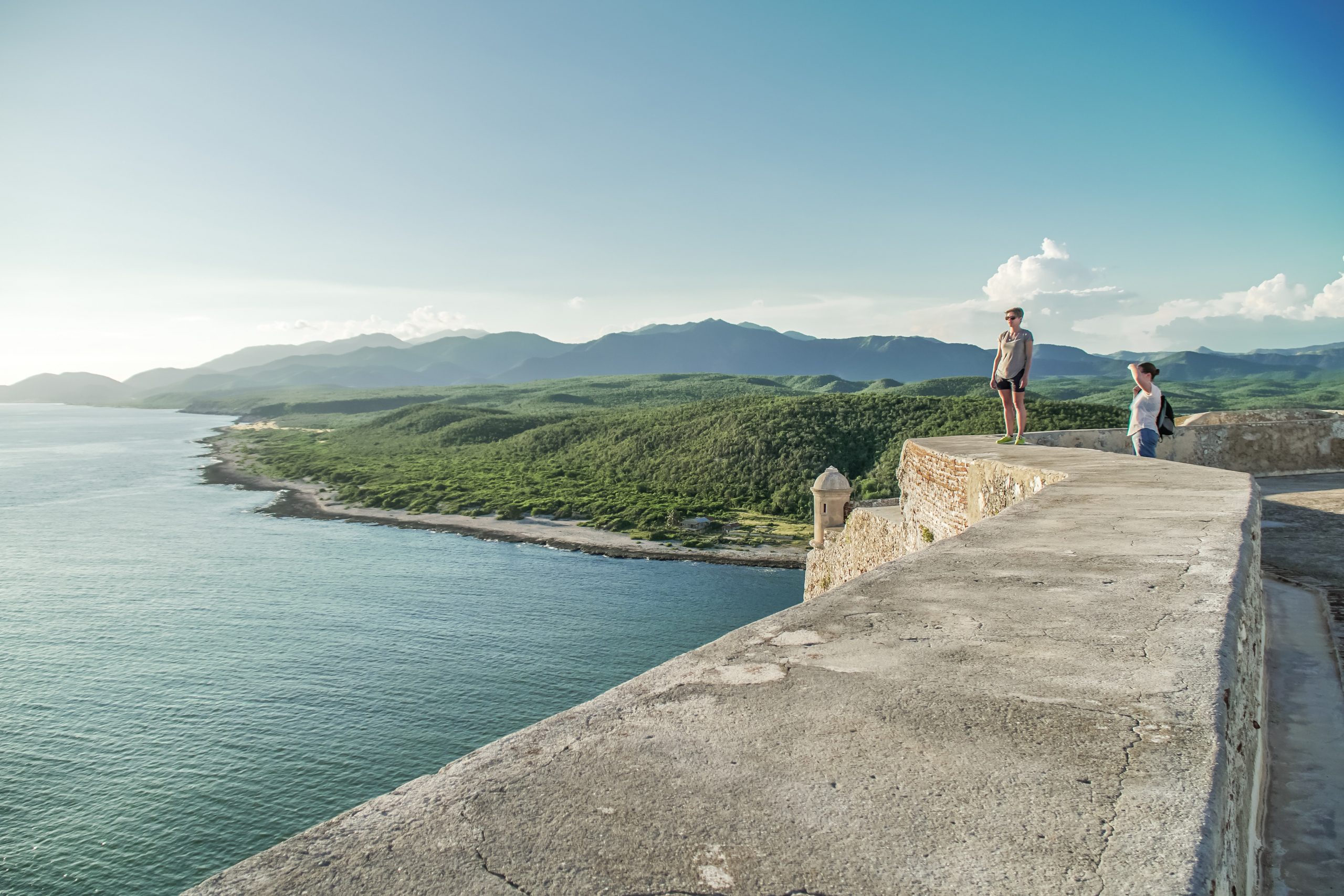
In order to understand why so many pirates chose to settle in Cuba, we must first go back to the 16th century when it was known as “The Spanish Main.” This area was part of Spain’s vast empire and played an important role in both Europe’s colonization efforts as well as its trade routes with the New World. It was here that Cuban ports became hubs for smuggling, privateering, and piracy.
The Spanish Main refers to the sea routes between Europe and the Spanish colonies in Central America. It was here that Spanish ships laden with gold, silver, spices, jewels, and other goods sailed back to Spain. These ships quickly became targets of to piracy by privateers and corsairs who were looking for quick profits. These so-called “Sea Dogs” were commissioned by various European countries to attack Spanish ships and steal their cargo.
One of the most famous Sea Dogs was Sir Francis Drake who attacked Havana in 1586. He looted over two million pesos worth of gold and silver before escaping back to England with his plunder.
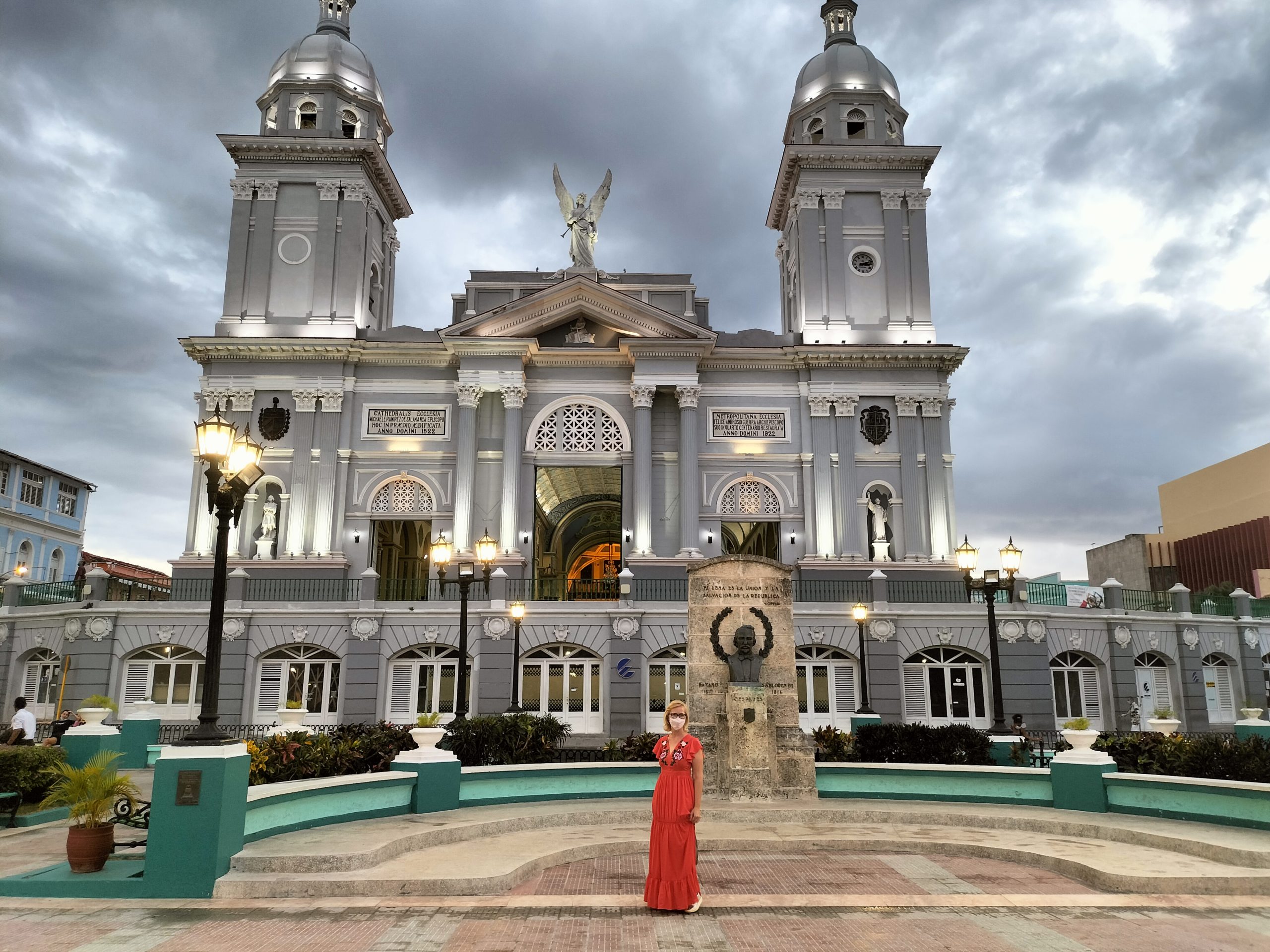
One of the most famous groups of pirates to make their home in Cuba were the buccaneers. These freebooters were originally French sailors who had been forced out of their homes by economic hardship or religious persecution. They roamed the seas in groups aboard powerful vessels like corvettes and galleons. Some would even attack land settlements along coastal regions in search of treasure and add more members to their crew. They eventually found refuge on Cuban shores where they formed alliances with indigenous tribes and local government officials to protect themselves from Spanish authorities.
The buccaneers would often raid Spanish ships as they sailed through The Spanish Main, taking whatever goods they could find before retreating back to safety in Cuba.
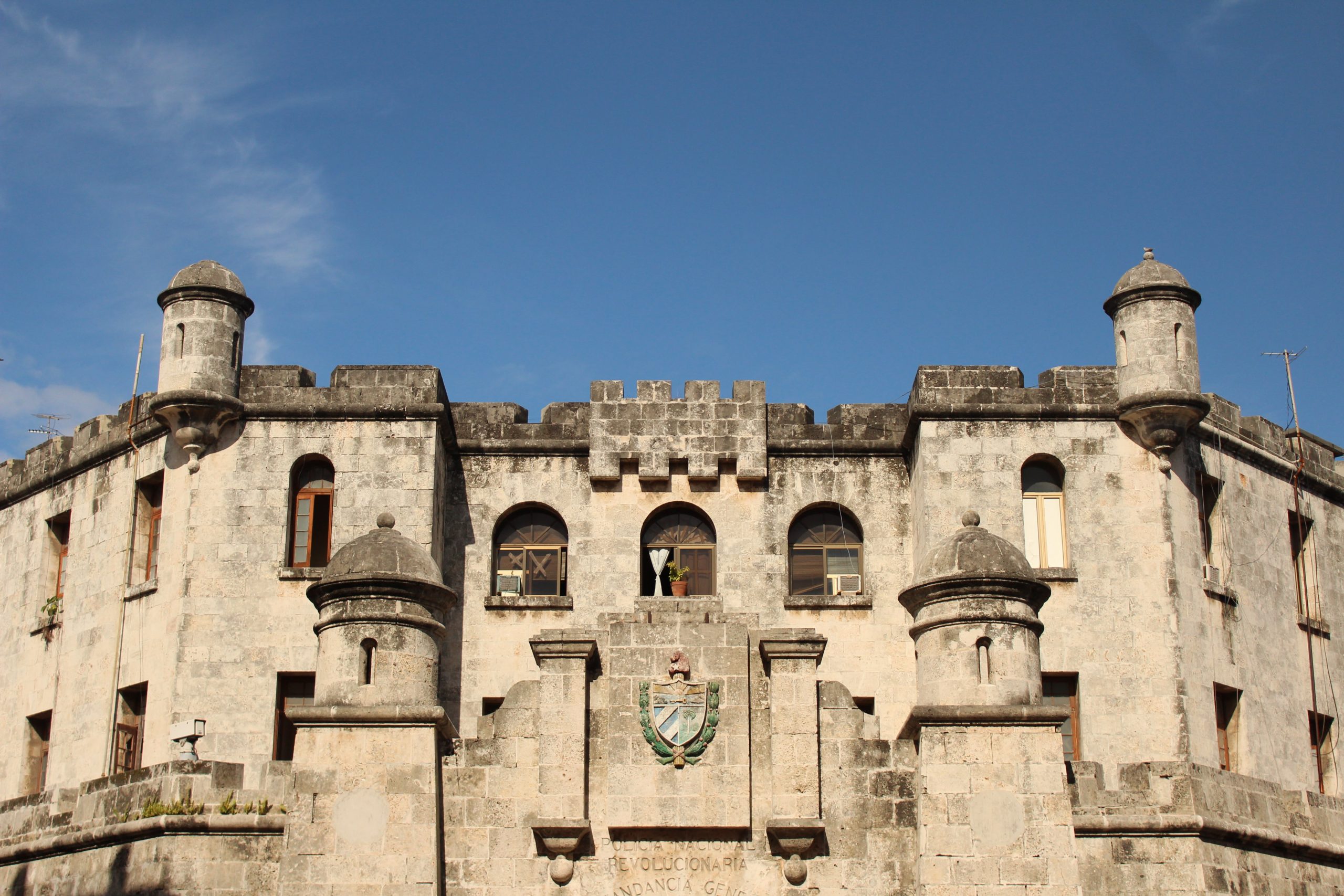
After the English departure, French buccaneers moved in to take their place as Havana’s primary attackers. The most famous of these was Jean Laffite who is credited with leading a successful attack on Havana in 1812 that resulted in 10 million pesos worth of loot being taken by his crew. This attack marked the beginning of what became known as “The Golden Age of Piracy” which lasted until 1825 when all piracy activity was finally stopped by a joint Anglo-Spanish effort to eradicate it from Cuban waters.
In 1609, Cuba declared war on Spain and began attacking its ships for revenge against Spanish rule over Cuban waters. The technological advances also created faster ships and better artillery weapons which allowed the greater mobility and more success during raids. During this time period, piracy was rampant throughout the Caribbean with dozens of different pirate gangs operating out of Cuba alone. Some were small groups who simply wanted to get rich quick while others had more ambitious goals such as creating new independent nations or overthrowing oppressive governments in nearby countries like Haiti or Dominican Republic.
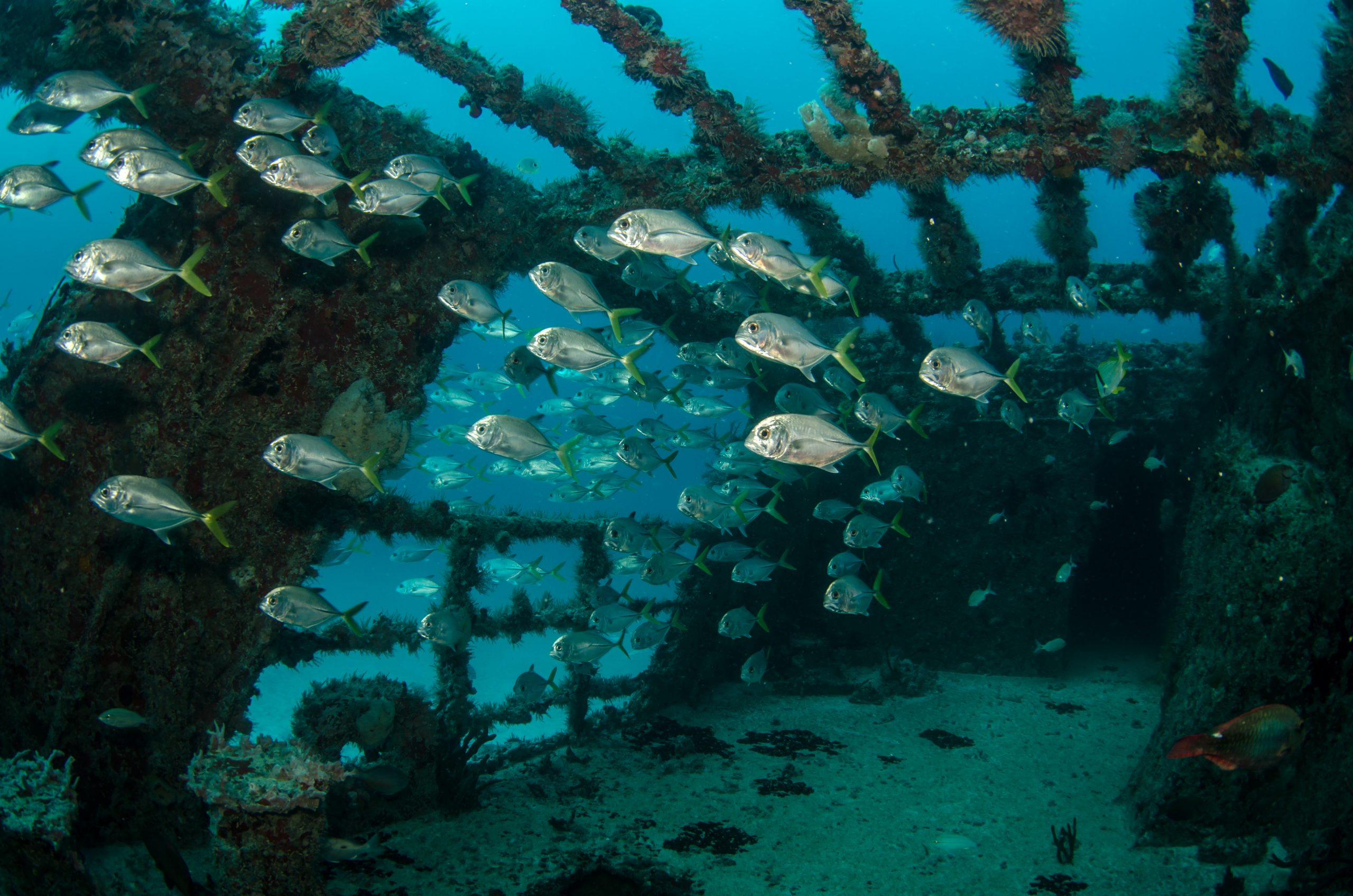
This period was known as The Golden Age Of Piracy, many legendary pirates called Cuba home during this time period such as Henry Morgan, Blackbeard and Captain Kidd who left behind a legacy that is still talked about today.
Over time, however, piracy began to decline by the 18th century piracy had become less profitable due to increased law enforcement efforts from both Spain and Great Britain (who had taken control over much of The Spanish Main). As a result many pirates moved away from places like Jamaica which had become too dangerous for them and instead settled down in places like Havana where they could live normal lives without fear of being arrested or executed by authorities. In addition, some even began working with local officials or trading companies which helped solidify the island’s economic growth during this period.
While traditional piracy may have disappeared from these waters long ago, there are still bands of modern day pirates operating off the coast of Cuba today. These criminals specialize in smuggling weapons, drugs, humans and other contraband across international borders for profit but unlike their historical counterparts these criminals are much harder to track down due to their use of high-tech vessels equipped with advanced navigation systems that allow them to evade detection easily.
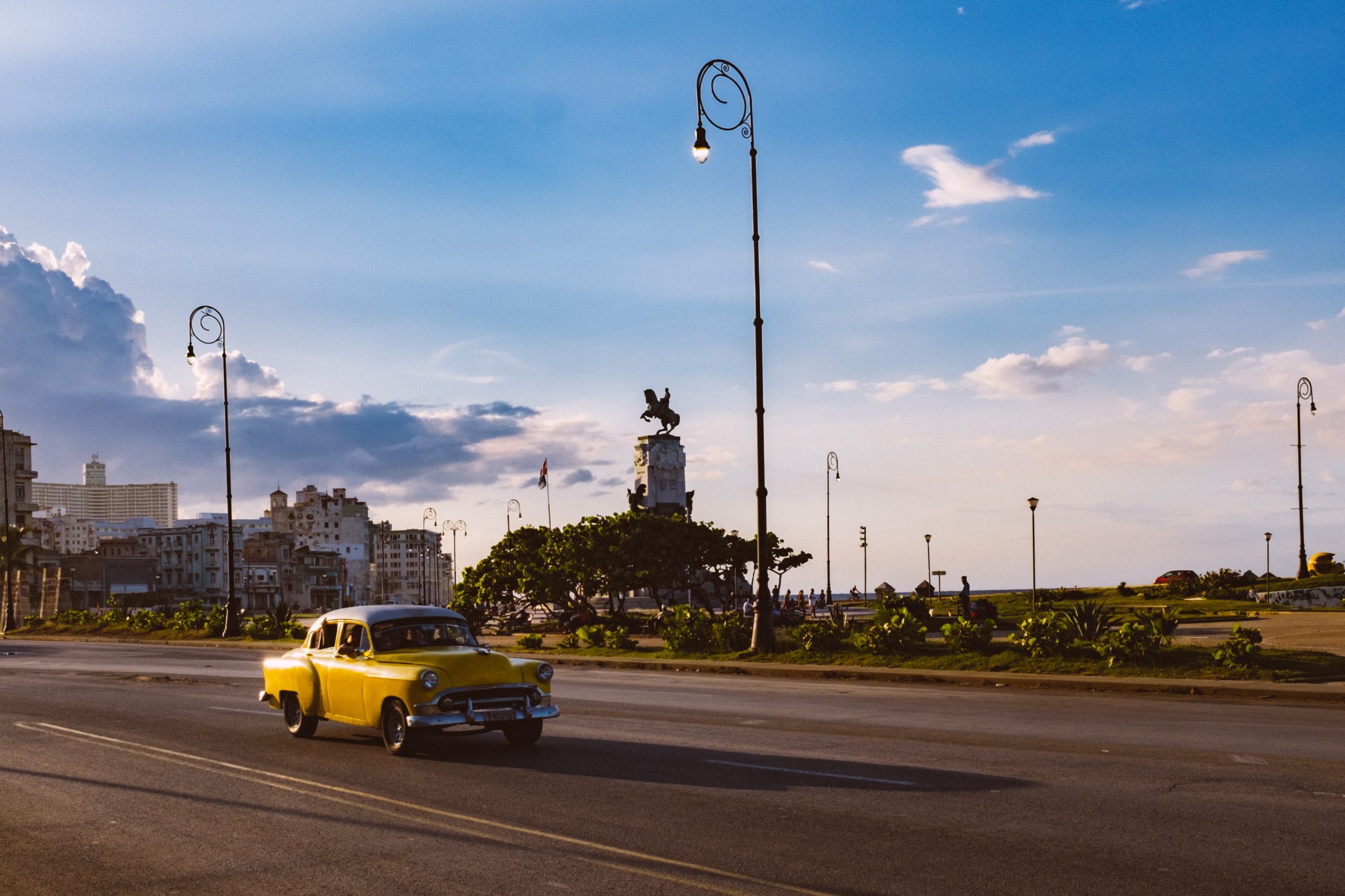
From Sir Francis Drake’s raid on Havana back in 1586 all they way up through modern day smugglers, there’s no denying that Cuban waters have seen their fair share of piratical activity over time! Whether you’re a fan of historical fiction or just curious about what life was like for Cuban buccaneers, exploring Cuban pirate history can be both exciting and informative. From tales of buried treasure to modern-day legends, there are plenty of stories waiting to be unearthed along this fabled coast! So why not join us on our next adventure? Come discover what really lies beneath those turquoise waters—and uncover a few secrets about Cuba’s pirate past!


